Cape May’s Sunken Submarine USS S-5
Cape May is filled with tons of history that is sometimes lost due to how much history has happened over the years. One of those stories is the disaster of the United States Submarine USS S-5.
As far back as 1916, Cape May welcomed Submarines into Cape May harbor. These submarines were quite smaller than the ones you imagine today, but they still roughly did the same things submarines do today.
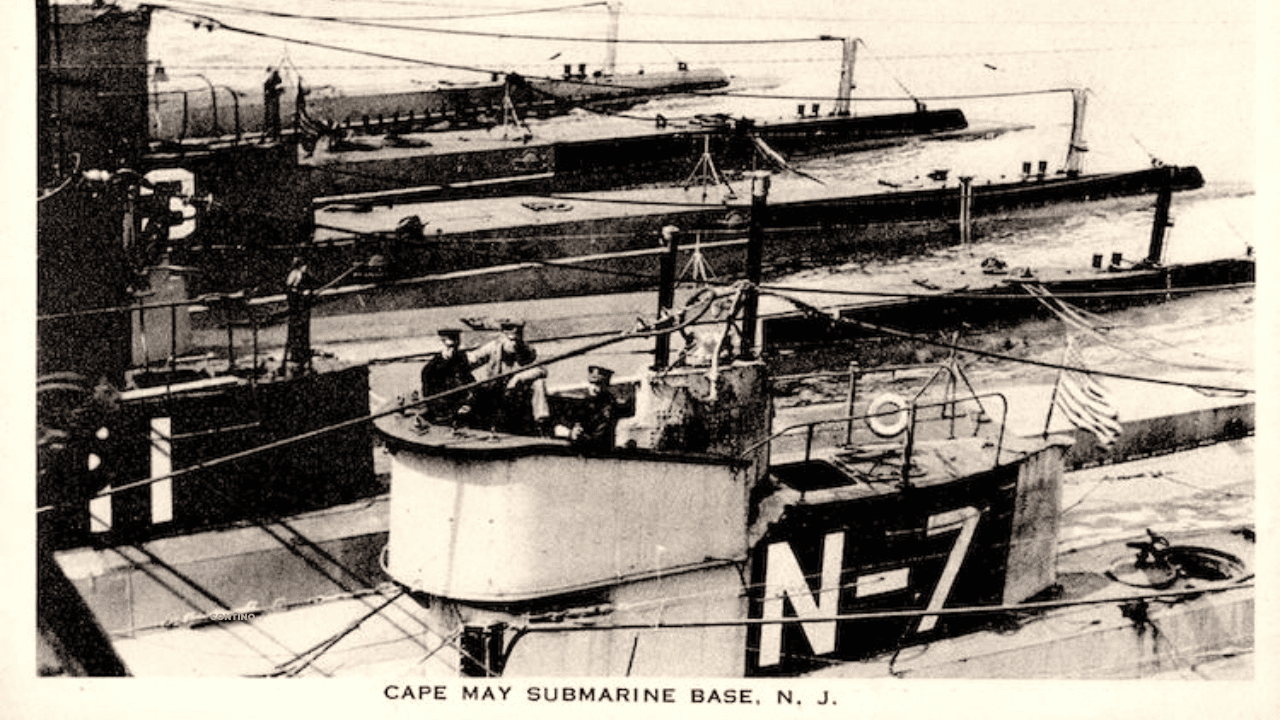 Cape May Station 9, which is where the Cape May Coast Guard base is today, used to house a
Cape May Station 9, which is where the Cape May Coast Guard base is today, used to house a
Cape May submarine base didn’t live long and was shut down in 1924 but not before a maritime incident took place.
On September 1, 1920, disaster struck the USS S-5, the Navy’s newest and largest submarine, operating approximately 50 miles off the coast of Cape May.
The submarine, measuring 230 feet in length, was conducting an emergency test to assess its capability to “crash dive,” which involved submerging the vessel to the ocean floor at an accelerated pace.
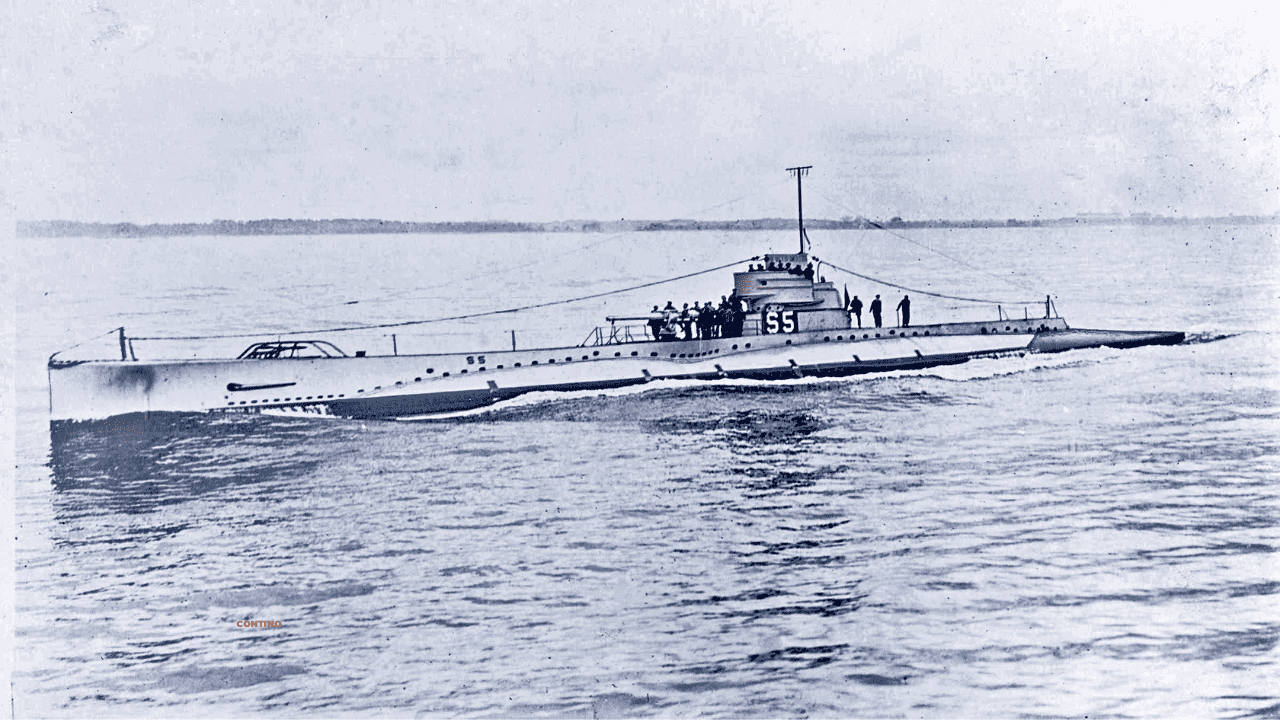
Cape May’s Sunken Submarine USS S-5
Unbeknownst to the crew of 40, the main induction valve was left open during the descent, resulting in seawater flooding the submarine as it submerged.
The influx of water caused the USS S-5 to violently lurch towards the ocean floor, severely damaging its operating systems.
The USS S-5 endured not just one, but two collisions with the ocean floor. Despite the valiant efforts of Cooke and Grisham, who believed that the welds had held, the situation aboard the submarine was undeniably dire. The torpedo room had to be abandoned as it became flooded, and the main induction valve remained open, allowing seawater to pour in.
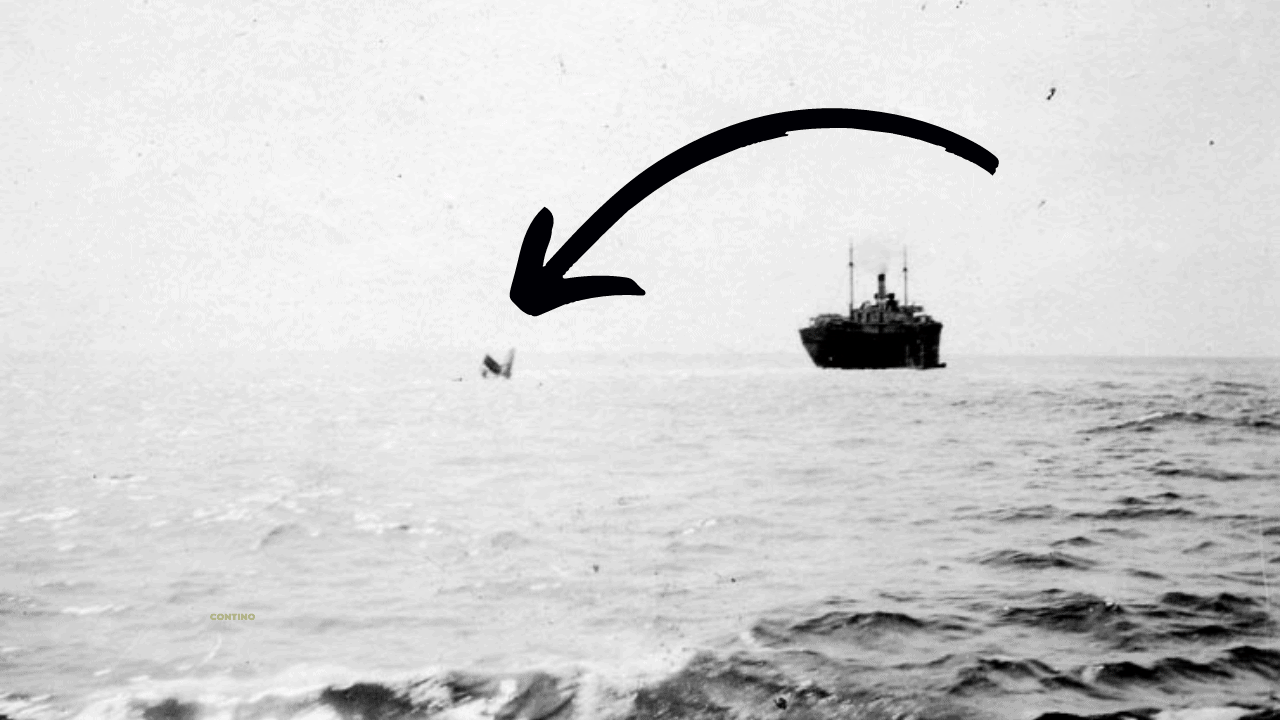
Despite his attempts to dislodge the submarine from the seabed and pump out the floodwater, the situation continued to deteriorate.
As hours passed, the crew reluctantly accepted the reality of being stranded 180 feet below the ocean’s surface.
Captain Cook conceived an unconventional but ingenious plan. He ordered most of the remaining air on the submarine to be forced into the rear ballast tanks. Although risky, Cook hoped that the air in the ballast tanks would create enough buoyancy to raise the submarine. The plan partially succeeded, causing the rear of the vessel to suddenly surface. However, the front of the submarine remained embedded in the ocean floor, causing it to pivot and stand nearly upright.
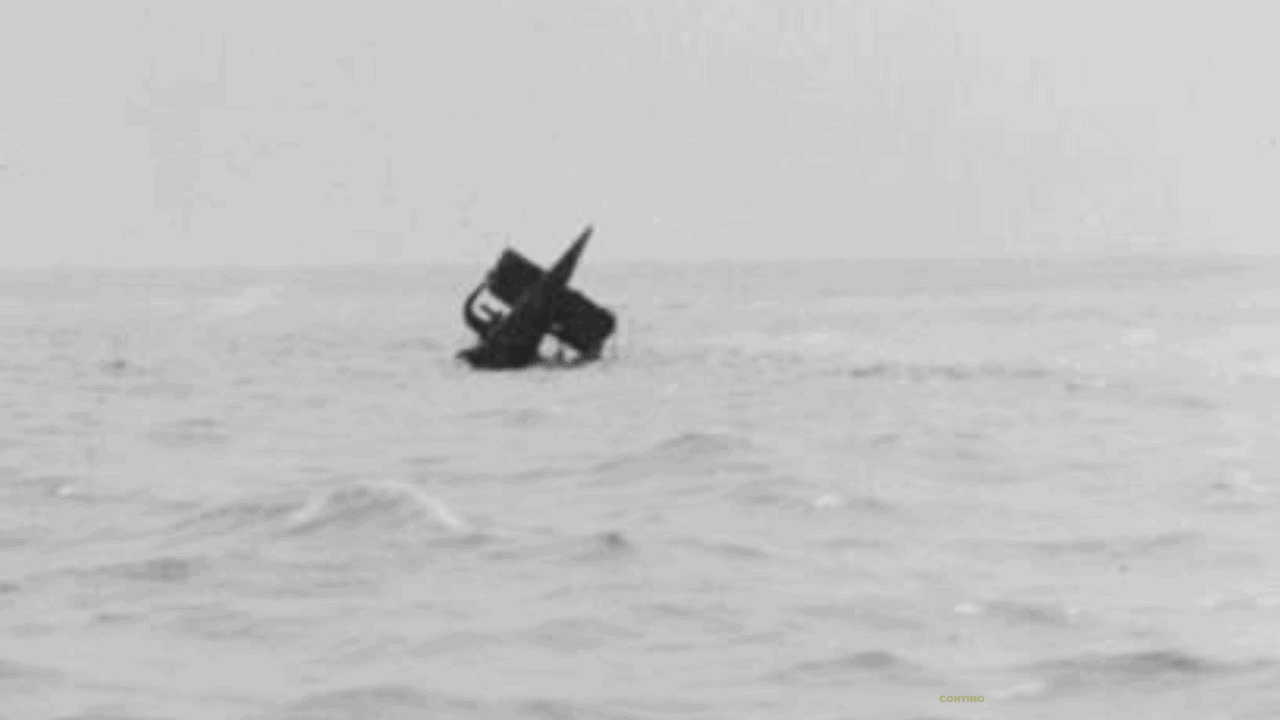
After five hours of being trapped, with the vertical submarine posing another obstacle, the crew’s hopes seemed dashed but then, a surprising report emerged that crew members could hear waves splashing on top of the sub.
Also, See: The Cape May Restaurant That Sits On A Sunken Ship
Captain Cook realized that part of the ship was protruding above the water due to its length exceeding the depth at which it was marooned. Acting swiftly, he ordered the crew to begin drilling through the reinforced hull in an attempt to reach fresh air.
Despite the grueling conditions, the remaining crew members diligently worked on the hole.
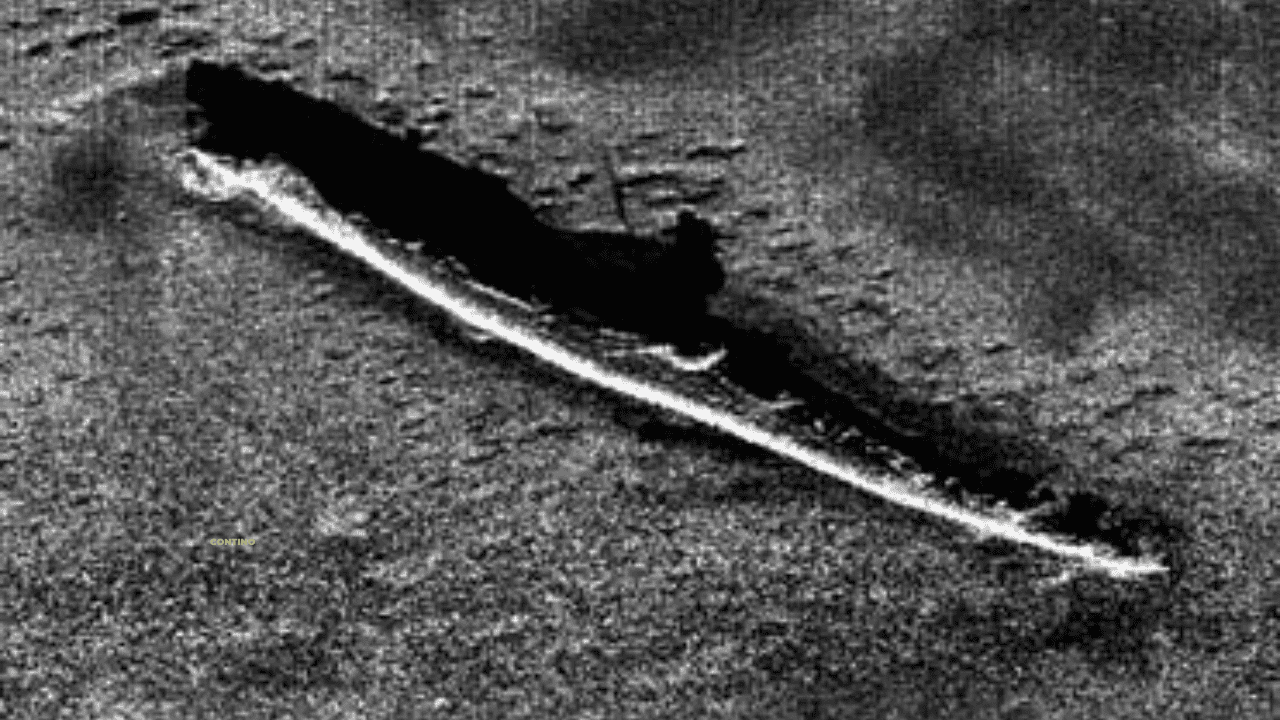
Alanthus was a 2551 gross ton wooden-hulled freighter, built at Newark, New Jersey, in 1918 for the United States Shipping Board’s Emergency Fleet Corporation.
This is the same kind of ship that are sunk by the Salem Nuclear Plant. The Wildwood Video Archive explored those ships this past February. You can watch that tour video at the bottom of this article.
In a stroke of quick thinking, the S-5 crew attached a t-shirt to a long copper pole and extended it out of the small hole they had managed to create. Fortunately, the Alanthus spotted the makeshift flag and came to investigate.
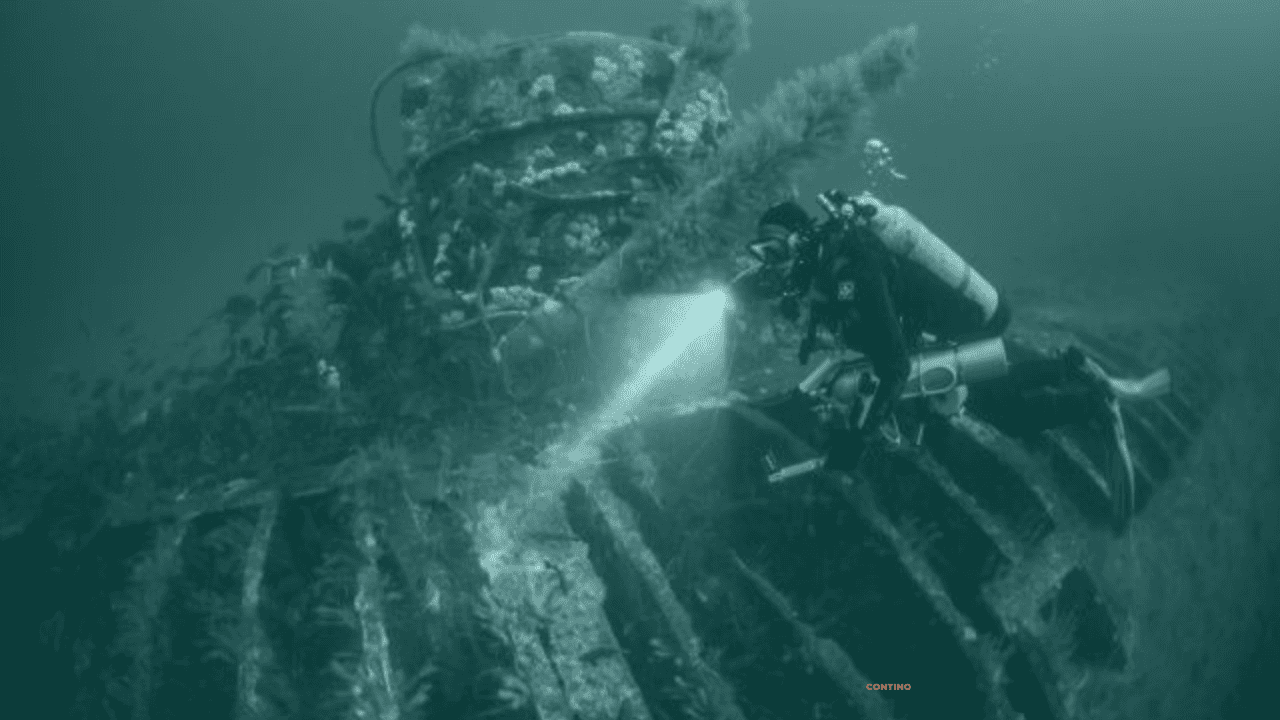
The Goethals’ radiomen promptly contacted the Navy for further assistance. Navy ships were dispatched to the location while the Alanthus and Goethals crews continued their efforts to free the trapped submariners.
After over 30 hours the crew the hatch was finally opened and all of the crew members were saved.
Captain Cook, displaying exceptional leadership, was the last man to leave the disabled vessel, ensuring the survival of all USS S-5 personnel.
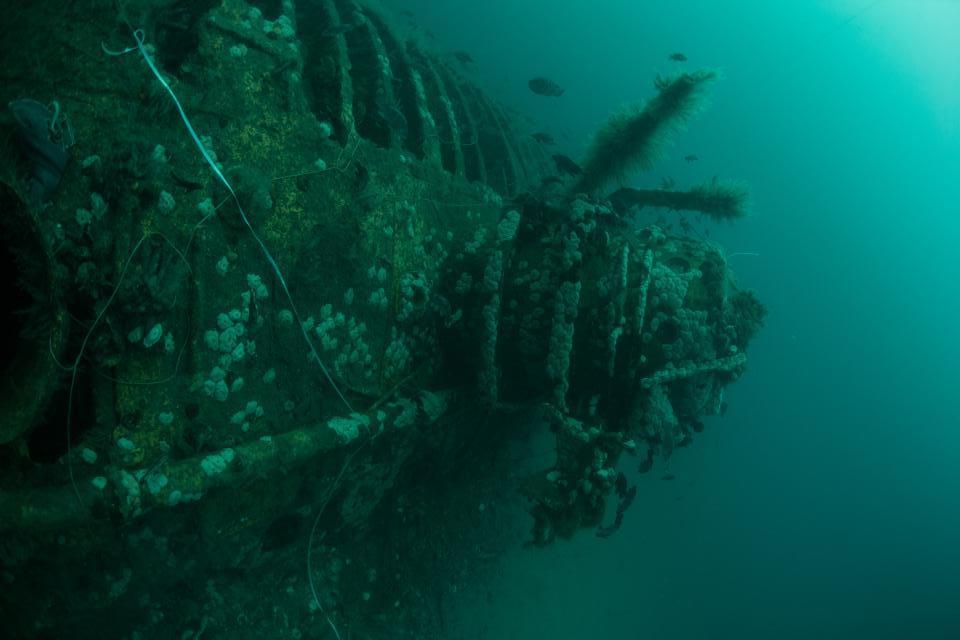
Many decades later, local diver, Rustin Cassway, would explore the site and take some amazing photos of what she looks like over 100 years after she sunk.
Below is the WVA’s tour video of the 11 sunken ships outside the Salem Nuclear plant. Help us reach 100,000 subscribers by subscribing to our Youtube channel.
